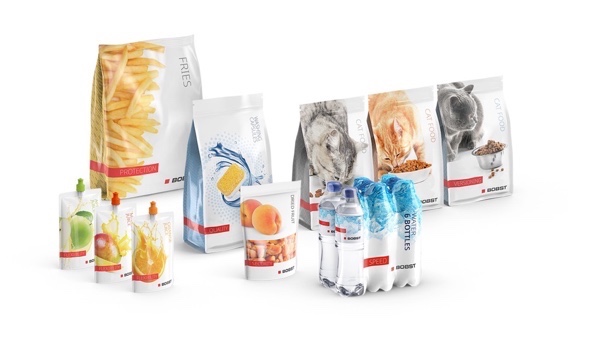Packaging
How Digital Transformation will change the flexible packaging & labels industry

Tuesday 28. April 2020 - Part One: Where is the flexible packaging & labels industry now in terms of digital transformation? Digital Transformation? I have digital printing machines, digital real time production reporting and an ERP system. I have it all - digital transformation is done! Really? Nice try, but no!
Current situation
Flexible packaging is still an old economy with a lot of manual work, different IT systems and significant IT system gaps. All leading to inflexibility, data inconsistency, duplicated work, failures, unstable processes, missing repeatability, etc.
Agility
The label industry is very diverse and if I were to sum it up, I would say, “label production operates in silos”. There are “digital islands” and “analog territories”. Sometimes even in the same big groups.
Lack of flexibility to manage production peaks like those that we are seeing now due to COVID-19 can cost the flexible packaging and labels industry millions. It can also result in longer lead times, higher stock levels, and generate higher costs
Uncertainty in processes is always a challenge, as we all know. If we have no data transparency and a lot of unknowns then everybody in the chain adds buffers throughout. Buffers could result in many different kinds of waste, from added time, to added volume, or increasing the prices to cover the risks, etc.The word “agility” is the umbrella that answers all the challenges above. Agility is what the flexible packaging and labels industry is expecting from the digital transformation that is now shaping. One thing to note – to date, digital printing has made major progress in the label industry but only tiny inroads with the flexible packaging industry – but this should not be confused with “digital transformation”.
Digital transformation is not digital printing
Installing a digital printing press is easy. Finding the right business model can also be done, especially in labels as has already proven. But: integrating it effectively in an analog way of thinking where isolated analog processes are the reference point is a different story.
Many of those who work in the flexible packaging industry are not digital natives and to leverage all the benefits that a “smart manufacturing flexible packaging plant” could deliver is no easy task without that knowledge. The installation of a digital printing machine could be the first step, but ideally the transformation starts from within and not from an external digital printing machine supplier.
In flexible packaging – different to labels – the process landscape and application landscape is very diverse and complex. Food safety, barrier functions, heat-sealing temperatures, band strengths, and machinability of the substrates on Brand Owners packing lines are all important challenges that need to be considered and solved from day one. The digital transformation has to consider all the process in the production and also – or even especially – the analog printing and converting technologies that will be in the production reality for the foreseeable future.
BOBST is at the forefront of the industry transformation, with many proof points to date, such as the smartGPS for CI-Flexo, TAPS in gravure or DigiColor and Ink-on-Demand in inline flexo. Through all of those innovations, which where groundbreaking for the flexible packaging and labels industry, we showed the way towards greater automation of the production process. This has been a major step forward for process stability, more agility and sustainability.
In the next part of this series, you will discover other components of the journey called “digital transformation”. And why BOBST is the right partner for you throughout that transformation. Stay tuned
